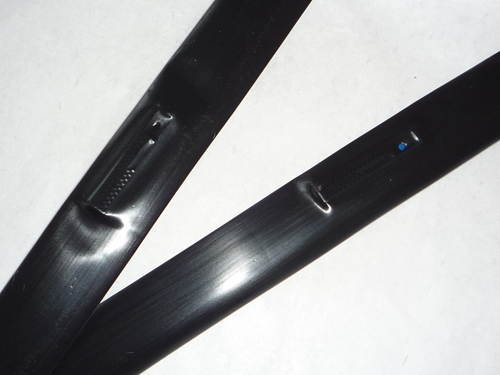Introduction: Drip irrigation, a method of watering crops by delivering water directly to the roots through emitters on drip tapes or pipes, is characterized by its precise and efficient water distribution. It helps meet the specific water requirements of crops while conserving water resources. This article aims to provide insights into various aspects of drip irrigation, including its products, emitter types, and filtration solutions.

I. Drip Irrigation Products: Drip irrigation systems utilize various irrigation products, including drip pipes, drip tapes, drip arrows, and on-line drip emitters.
II. Types of Emitter Heads:
- On-line Drip Emitters: These emitters can be installed on-site onto drip lines or PE pipes and offer flexibility in adjusting emitter spacing based on crop spacing requirements.
- Embedded Drip Emitters: These emitters are directly embedded into polyethylene pipes during manufacturing, with preset emitter spacings. They provide labor-saving and cost-effective installation options.
III. Understanding Drip Tapes: Drip tapes, typically defined as thin-walled drip irrigation tubes with wall thicknesses less than 0.6mm, are flexible when not filled with water.
IV. Filtration Solutions for Drip Irrigation:
- Sand Media Filters: Efficiently remove organic impurities from river or lake water and are typically installed as primary filters at the beginning of drip irrigation systems.
- Centrifugal Filters: Separate larger sand particles from irrigation water by inducing a centrifugal flow, making them ideal for well water filtration at primary filter stations.
- Screen Filters: Utilize mesh screens to filter impurities and are often used as secondary filters in conjunction with sand media or centrifugal filters.
- Disc Filters: Consist of stacked grooved plastic discs that intercept and trap impurities, serving as both primary and secondary filters when combined with other filtration methods.
- Automatic Backwashing Filters: Employ a self-cleaning mechanism to flush out accumulated debris without system shutdown, ensuring continuous filtration efficiency.
By understanding the various components and filtration options available in drip irrigation systems, farmers can optimize water usage and ensure the health and productivity of their crops.
